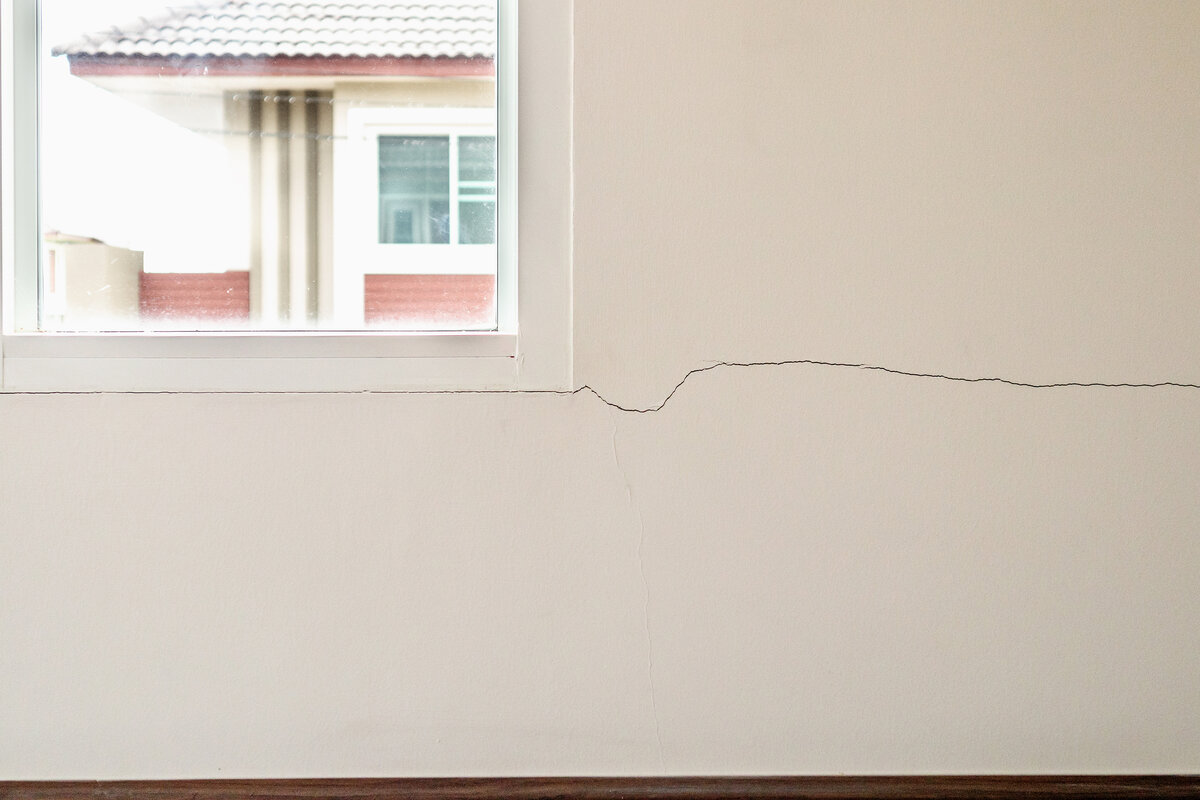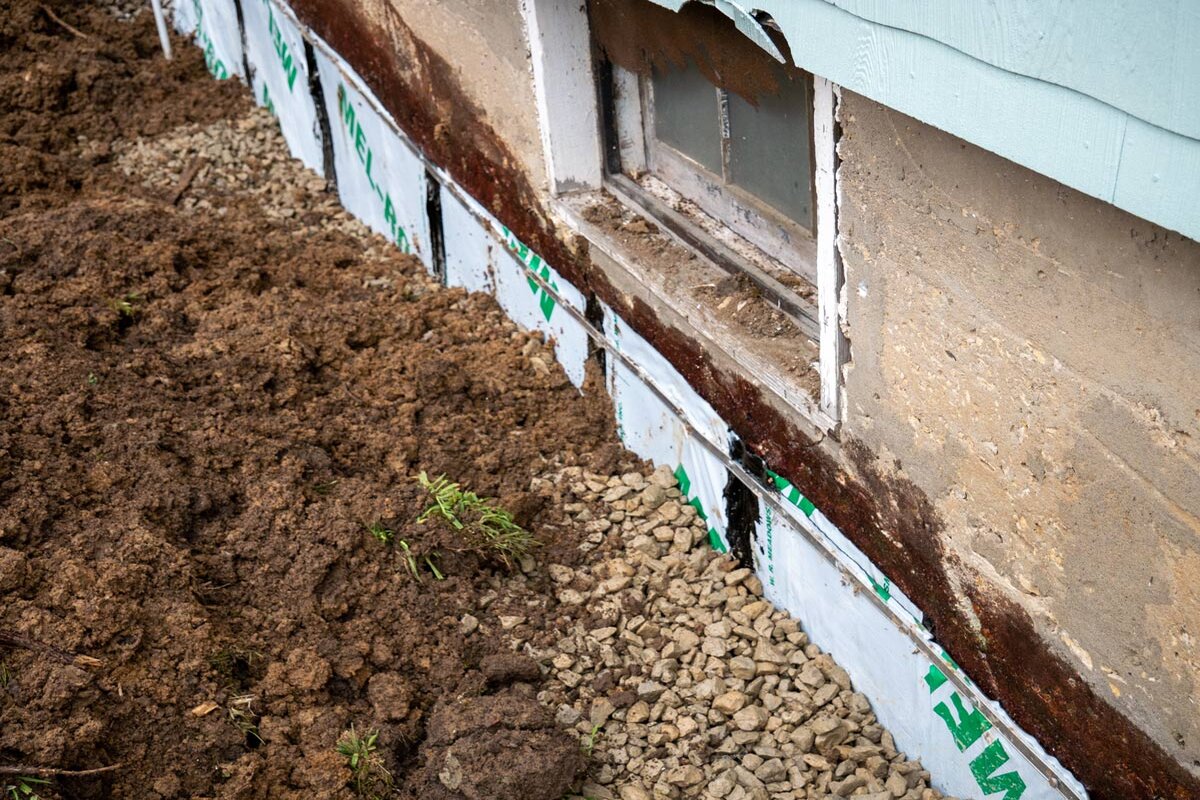Imagine walking into your basement and noticing chunks of your foundation flaking off and turning into sand-like debris. It’s a sight no homeowner wants to see, yet it’s a reality for many who face a crumbling concrete foundation. This alarming issue can compromise the safety and stability of your entire home. Fortunately, there are effective solutions to address this problem. In this guide, we’ll explore the common causes of foundation crumbling, the telltale signs to look out for, and the essential steps to repair a concrete foundation that’s crumbling.
Causes of Foundation Crumbling
Understanding the causes of foundation crumbling is the first step in addressing the problem. Typically, the crumbling of a concrete foundation can be attributed to the following reasons:
Low PSI Concrete
One common cause is the use of concrete with a low PSI (pounds per square inch) rating. Concrete with insufficient strength can deteriorate over time, leading to crumbling.
Inadequate Rebar
Another factor is the lack of adequate rebar (reinforcement bars) within the concrete. Rebar provides structural support, and without it, the foundation becomes more susceptible to cracking and crumbling.
Negative Drainage
Poor drainage around the house is a significant contributor. When water continually accumulates near the foundation due to negative drainage, it can seep into the concrete, exacerbating the crumbling process.
Signs of a Crumbling Foundation
Identifying the signs of a crumbling foundation early can save you from more extensive and costly repairs. Here are some common indicators:
Wall Flaking
One of the first signs you might notice is the flaking of the walls. If your basement walls are painted, you may see the paint peeling off, revealing the deteriorating concrete beneath.
Water Infiltration
Water stains and signs of moisture on the walls are red flags. You might see a white, powdery substance known as efflorescence, which indicates that water is passing through the concrete and leaving behind mineral deposits.
Drylock Failure
Many homeowners use Drylock, a waterproof paint, to prevent water from entering the basement. However, this product only acts as a moisture barrier and can trap water within the concrete, leading to further deterioration.
Correcting a Crumbling Foundation
Correcting a crumbling foundation depends on the extent of the damage. Here are the general steps to address the issue:
Assessing the Damage
First, determine if the crumbling is due to water damage or structural settlement. If the foundation is too far gone, it might need to be entirely replaced, turning the house into a crawl space, depending on financial considerations.
Excavation
Excavate the soil away from the house, ensuring 2.5 to 3 feet of clearance from the foundation wall to the existing soil. This space allows us to access the foundation and carry out the necessary repairs.
Waterproofing
Once the excavation is complete, we proceed with waterproofing the foundation. This involves sealing all the cracks and ensuring the foundation is watertight. Proper waterproofing prevents water from seeping into the concrete and causing further damage.
Installing a Drain Tile
We install a new drain tile system to direct water away from the foundation. This system ensures that any water near the foundation is efficiently drained, reducing the risk of water-related damage.
Backfilling with Gravel
After waterproofing, we backfill the trench with 3/4-inch gravel. The gravel serves as a barrier that absorbs pressure from the soil as it expands and contracts with moisture changes. This step is crucial for both structural support and preventing water buildup.
The Importance of Gravel in Repairing Foundations
Using gravel in the repair process is essential for several reasons:
Structural Support
Gravel provides a stable base that supports the foundation and prevents further movement or settling. It acts as a cushion that absorbs pressure and protects the foundation from additional stress.
Moisture Management
Gravel improves drainage around the foundation by allowing water to flow through it easily. This helps to keep the soil around the foundation dry, reducing the risk of water infiltration and subsequent crumbling.
In Summary
Repairing a concrete foundation requires a thorough approach that tackles both structural integrity and waterproofing needs. By recognizing the underlying causes, spotting early warning signs, and taking the right steps to repair a concrete foundation, you can help secure the long-term stability and safety of your home.
If you notice any signs of a crumbling foundation, it’s crucial to act promptly to prevent further damage. For professional assistance and more information on how to repair a concrete foundation, contact us.






